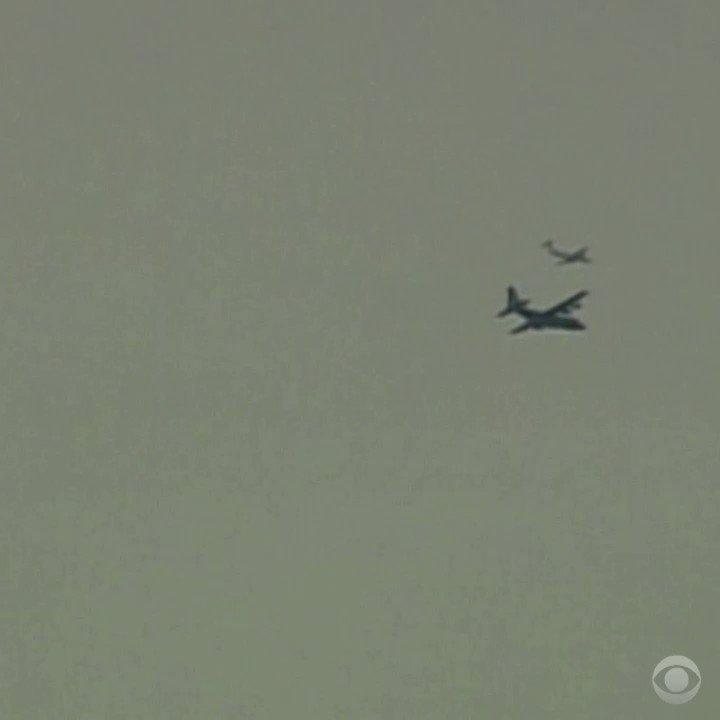U.S. forces dropped the bomb over a tunnel complex in the Nangarhar Province of Afghanistan, a mountainous province where terrorist groups have hidden out for many years. After orchestrating the 9/11 attacks, Osama Bin Laden even hid away in the isolated mountains in the area. The tunnel complex had been targeted as a known ISIS site, and the Pentagon said that they used the MOAB specifically to get through ISIS defenses there.
However, while Afghan officials have released the number of ISIS militants killed in the strike, there has been no word on how many militants the U.S. hoped would be directly affected. It is, of course, possible that they expected ISIS forces to be spread out in the area — which would make 36 seem like a bigger number than it sounds.
Video shows massive explosion in 2003 test of MOAB, "mother of all bombs," that hit ISIS camp in Afghanistan Thurs. cbsn.ws/2oaujoA
Importantly, the MOAB strike did not cause any civilian casualties, according to the U.S. Ministry of Defense. Many civilians have fled the Achin district, where the bomb was dropped, since ISIS established itself there. Some have raised concerns about the cost of the MOAB, though, which amounts to about $16 million just to produce. Even if the strike was carried out effectively and only hit its ISIS target, it did so at great cost. The flip side to that argument is that the ongoing war against ISIS is estimated to cost over $10 million a day anyway, so taking out that many people with one strike could also be seen as a cost-effective move.
Even before deploying the MOAB, U.S. and Afghan forces had already seen a fair amount of success in their fight against ISIS in Afghanistan. They've managed to cut a force of 3,000 fighters at its height down to close to around 800, and now this strike took out three tunnels they were using, plus weapons and ammunition stores. It might, then, turn out that 36 isn't the most important number to look at in gauging the importance of this strike.
Currently, the Afghan Defense Ministry says that their goal is to defeat ISIS in Afghanistan by the end of the year. It's hard to say at this point whether this strike will end up being an important step on the way to achieving that goal.






No comments:
Post a Comment